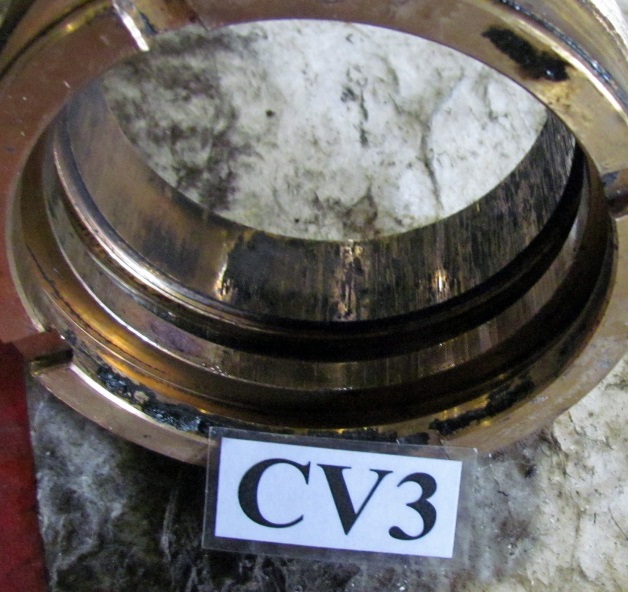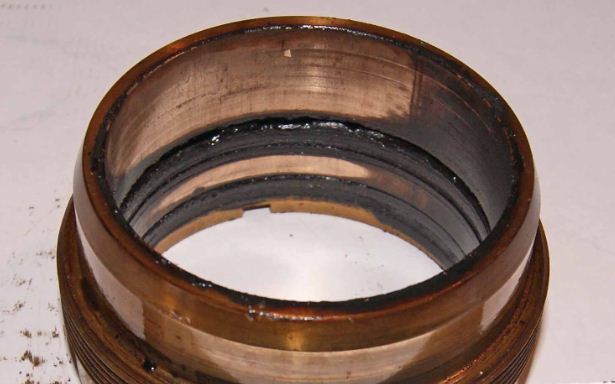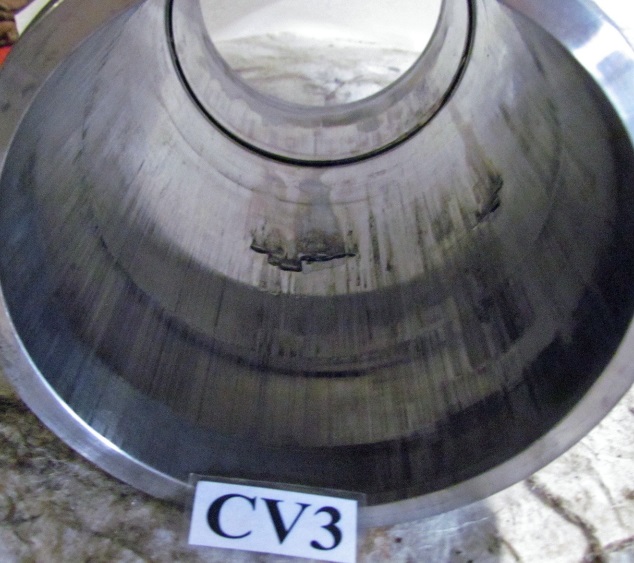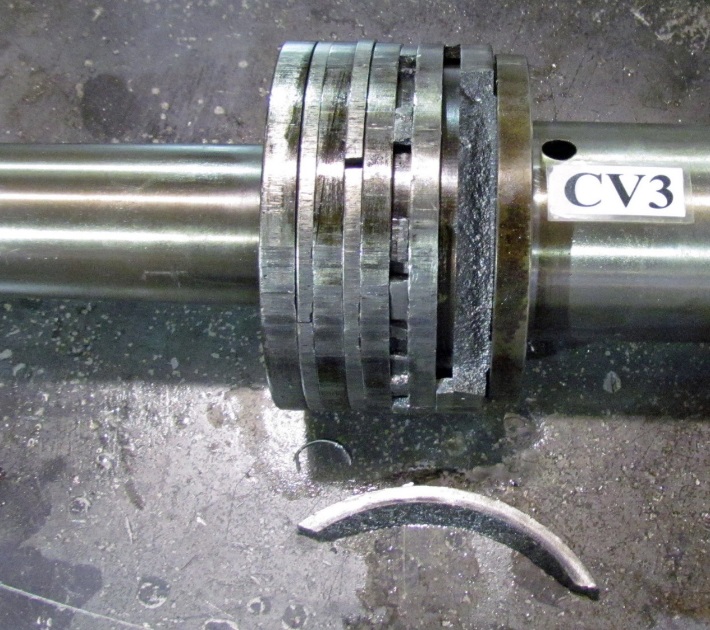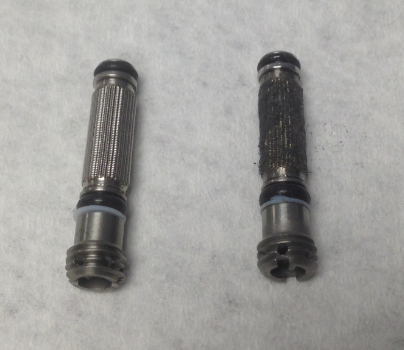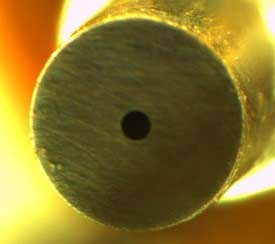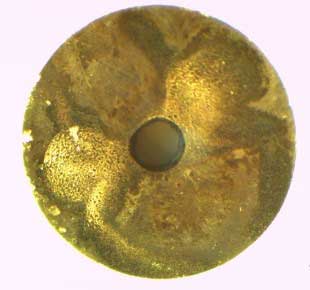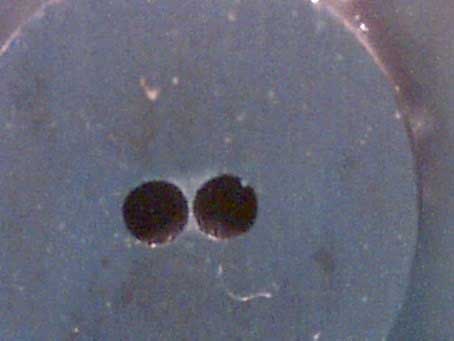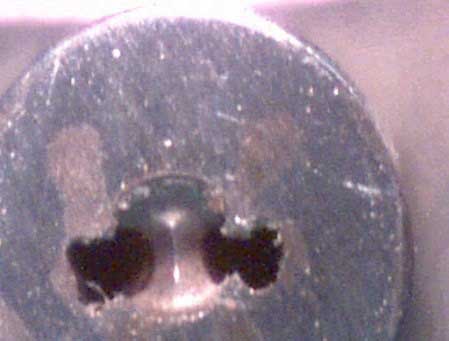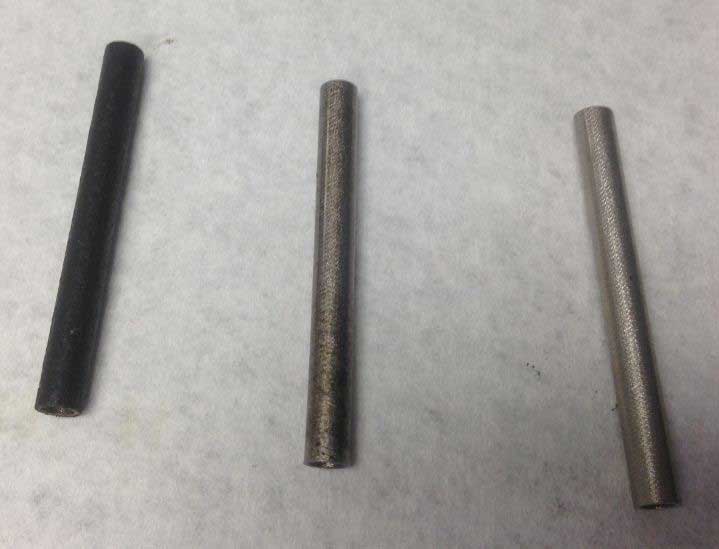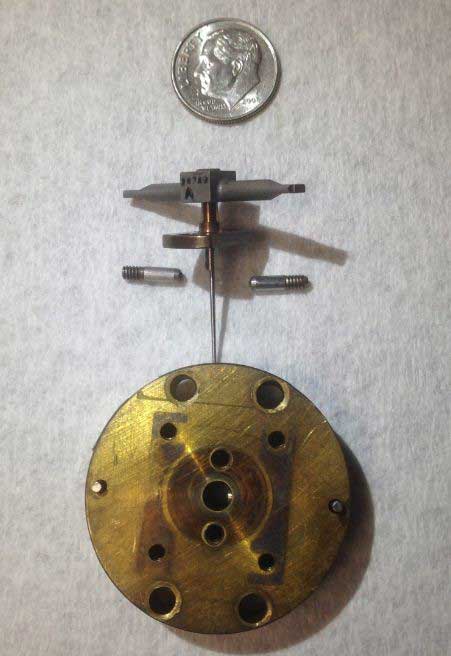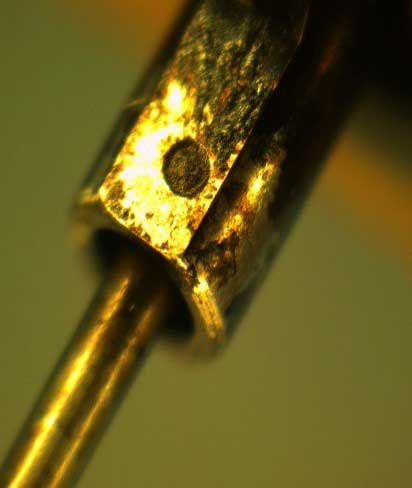What causes EHC System Failure?
How does Degraded Fluid Impact System Performance?
What is this damage doing to the EHC components?
Causes of Failure
United Servo Hydraulics is dedicated to minimizing the risk of unscheduled forced outage due to EHC component failure through periodic component refurbishment.
The majority of EHC Component Failures result from:
- Wear over extended service periods
- Hydraulic Fluid Degradation
- Contamination
As service time increases, component wear caused by fluid degradation and contamination accelerates the risk of failure and increases the financial impact.
- Costly unit shutdown time due to obstructed system performance.
- Increased cost of compenent refurbishment due to the need to parts replacement.
System Performance Impact
The Impact of Degraded Fluid on EHC System Performance
- Silt and varnish deposits cause hydraulic valves to stick
- Improper flows through orifices
- Electrochemical erosion of servo valve parts
- Excessive wear and premature failure of main pumps
- Clogged pressure line filters
Inside Your Components: Damaged Parts
The Electrohydraulic Control System is heavily impacted by the under-maintained components. The implications often go unnoticed until visible signs of high leakage, loss of control from an unresponsive servo, and valve sticking occur.
Take a look at the internal signs and consequences of wear and degraded fluid over periods of time.
Control Valve Actuator Components
Piston Rod Rust & Scoring
Rod Gland Scoring
Cylinder Barrel Wear
Broken Piston Head
Jet Pipe Style Servo Valve Components
Servo Valve Filter Contamination
The state of the servo valve filter gives insight into the condition of your EHC fluid. The photo below shows contamination beyond the normal amount when in service during the OEM specified repair cycle.
Servo Valve Nozzle Erosion
The images show the nozzle within the servo valve torque motor. The torque motor in diameter is .011” and visibly etched and eroded.
Servo Valve Receiver Port Erosion
The bushing and sleeve assembly’s receiver port shows visible signs of erosion following exposure to contamination.
Nozzle/Flapper Style Servo Valve Components
Servo Valve Filter Contamination
The state of the servo valve filter gives insight into the condition of your EHC fluid. The photo below shows a new filter compared to those with normal and high levels of contamination.
Servo Valve Feedback Wire Assembly
The feedback wire assembly shows signs of pitting and varnish on the nozzle flat. The nozzle spacing is .0015”.



